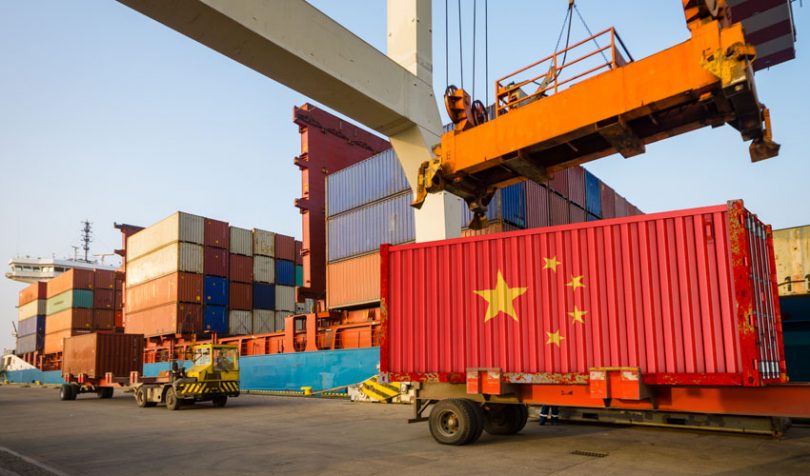On the 25th June, tech firm Powerbridge announced that Chinese Customs has deployed its blockchain cross border compliance solution. The platform aims to increase customs efficiency by using distributed ledger technology (DLT) to monitor the flow of imports and exports and help with risk assessments and managing documents.
Powerbridge’s solution has initially been launched at Nanning Customs, which manages 26 cross border trading points along the nearly 500-mile border of southwest China.
The blockchain effort, part of China’s ‘National Customs Cross Border Technology Innovation Initiatives’, also hopes to increase interoperability between government authorities and ports. As transaction information, for instance, can be stored safely and transparently on a blockchain, the platform would enable documents to be checked for compliance with regulations.
Also China-based, Powerbridge has focused on global trade software applications since 1997. Two months ago the company listed on Nasdaq and currently has a market capitalization of $34 million. The blockchain platform started with a very targeted use case. “While relatively early stage, feedback has been positive and encouraging,” said Ban Lor, CEO of Powerbridge Technologies. “We look forward to steady advancements of our blockchain technologies and services as we drive continued growth in our business.”
Using blockchain for international customs has been highlighted as a good fit for blockchain, most recently by FedEx. Last year the company’s founder stated that the technology has “big, big implications in supply chain, transportation, and logistics.”
Currently, one of the largest players in the blockchain customs space is the IBM/Maersk platform TradeLens, which is designed for shipping logistics. TradeLens boasts customs clients such as Saudi Arabia, Canada, and Russia.
Among other efforts, the Global Shipping Business Network is a hot contender, including the three world’s largest port operators.






